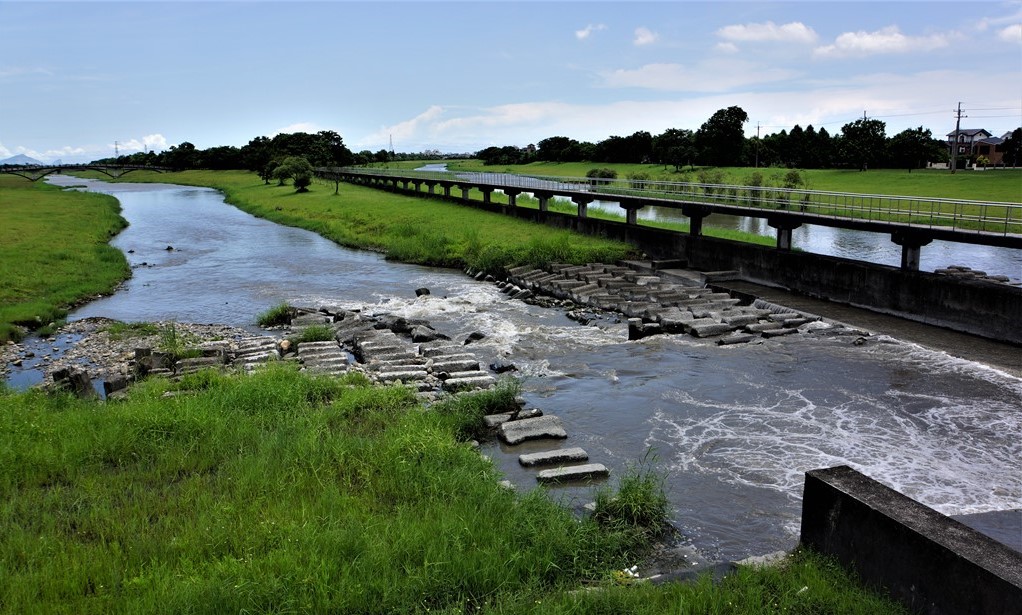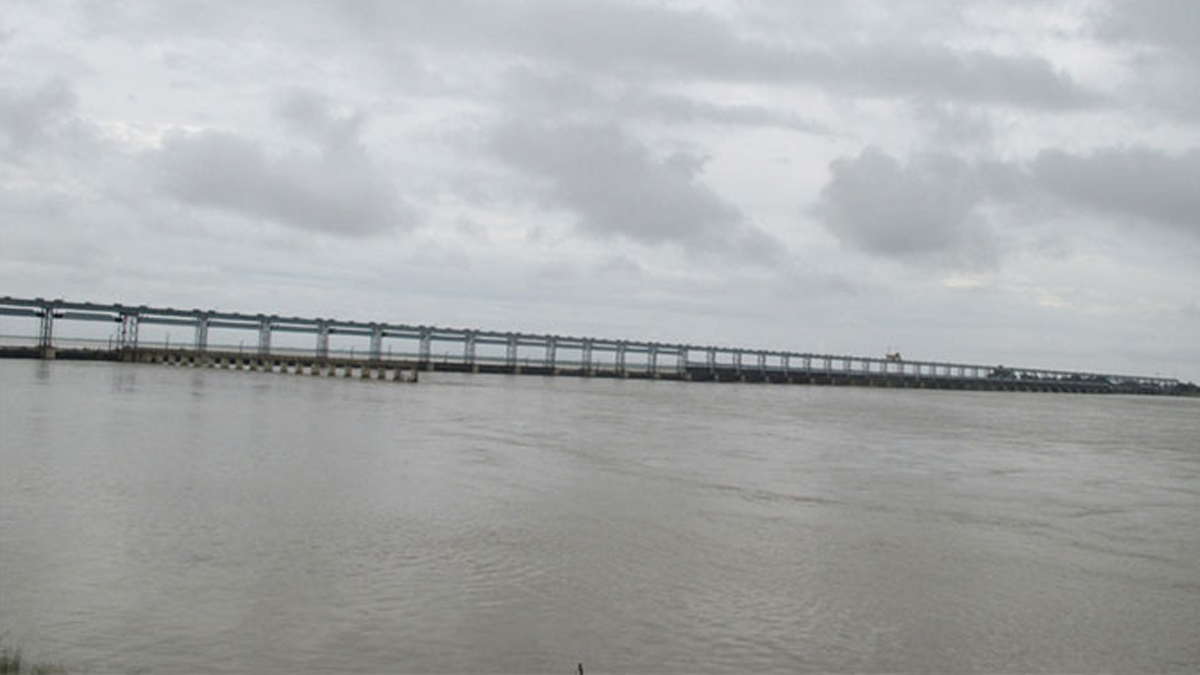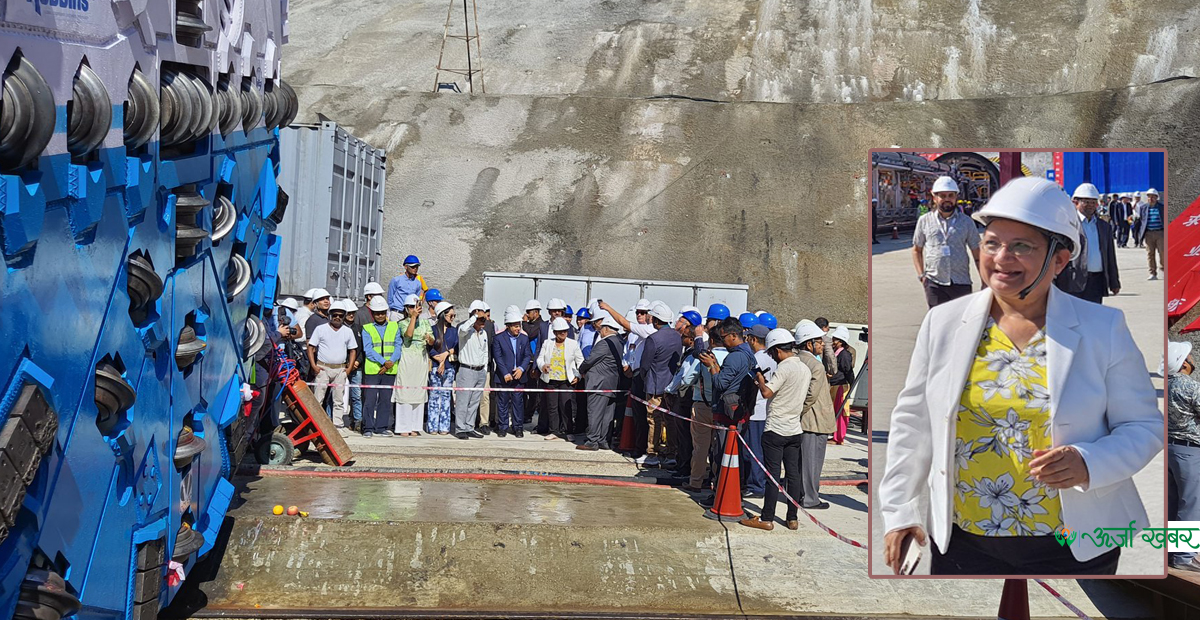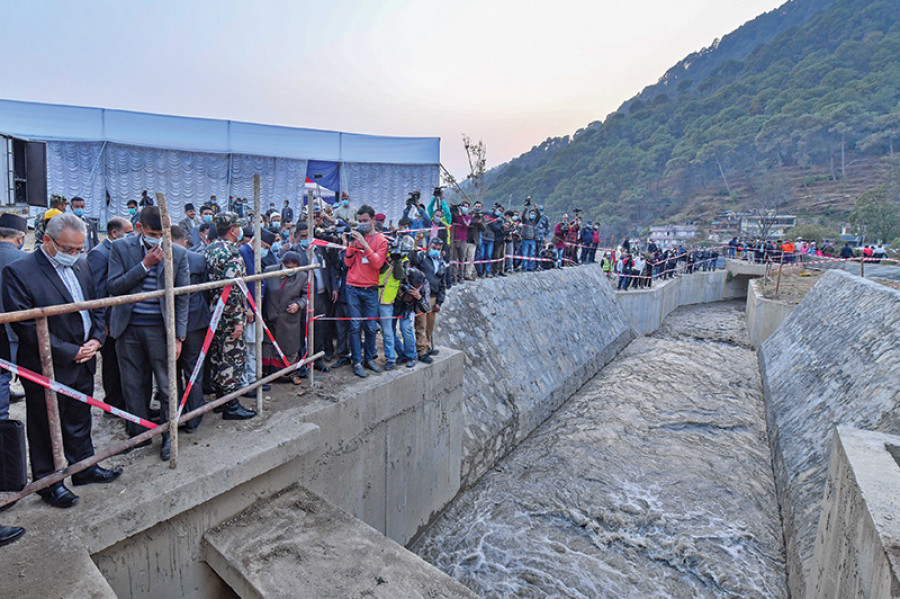Energy Update
Construction of River Diversion Project in all the Province

Kathmandu;The government is planning to construct a Multi- Purpose River Diversion Project in each of the seven Province, including power generation, irrigation and recreation.
The construction of such projects has been given priority to make the local bodies and the states self-reliant and to contribute to the overall economic development. Emphasis has been laid on the construction of diversion projects in the current situation and for the future guidance of the region, which has been made public by Minister for Energy, Water Resources and Irrigation Barshaman Pun on last 25th Baishakh.

The aim is to contribute to power generation along with irrigation by supplying water from other rivers to the rivers where water is scarce in Provinces 1 to 7. For this, except for Province-2, one project has been selected in each province. The Department of Water Resources and Irrigation has also conducted a preliminary study of these projects.
The main plan is to irrigate dry areas and increase productivity from the River Diversion Project. Diversion is planned to Tamor and Koshi in the East, Kaligandaki, Bheri, West Rapti and Seti River in the Far-West.

The River Diversion Project is said to be done in seven provinces. However, there is less possibility of river diversion in Province 2 as most of the land is in the Terai there. But, Krishna Belbase, the Spokesman for the department, said that the government is focusing on the plan to irrigate the land here from the projects of six provinces.
Province 1 (Tamor-Morang)
There are plans to divert water from the Tamor River from a 23-kilometer tunnel to Letang in Morang. Preliminary studies have shown that it will irrigate one lakh hectares of land in Morang, Jhapa and Ilam. It is estimated to generate 102 MW of electricity.
Province 3 (Sunkoshi-Marin)
The project has been taken forward with the objective of irrigating and generating hydropower by supplying water from Sunkoshi into Marin. Marin is a tributary of the Bagmati. As the amount of water in Marin increases, it merges into the Bagmati. And, 1 lakh 22 thousand hectares of land will be irrigated in Bara, Rautahat, Sarlahi and Mahottari.
The study has shown that the water of Sunkoshi will generate 40 MW of electricity by digging a 13 km tunnel and releasing it into Marin. A Detailed Project Report (DPR) is currently being prepared for this.
Belbase informed that the final draft given by the consultant is being studied and reviewed. The cost of the project is estimated to be around Rs. 69 billion.
Province 4 (Kaligandaki-Tinahun)
Kaligandaki- Tinahun is considered an important project for this province. This is because the project is aimed at irrigating 1 lakh 6 thousand hectares agricultural land in Rupandehi and Kapilvastu.
After discharging Kaligandaki water from 25 km tunnel to Tinahun, 14 km canal will be constructed in Rupandehi and 38 km canal in Kapilvastu. It is planned to supply irrigation from the canal. The project, which will generate about 77 MW of electricity, is estimated to cost Rs. 40 billion.
Province 5 (Naumure High Dam or Sharada-Dang or Madi-Dang)
The study of the Naumure Multipurpose Project was started even before the country entered into the provincial structure. But, it has not been implemented yet. However, this project is still included in the program.
The project is estimated to generate 245 MW of electricity. The project aimed to irrigate 30,715 hectares land in Kapilvastu, 42,766 hectares in Banke and 9,800 hectares in Deukhuri, Dang. Water is added to the Rapti river from the high dam. And, it was planned to irrigate Kapilvastu by supplying water into the Surya Khola.
In the same way, the concept of Sharada-Dang Diversion has also been put forward to provide irrigation to the Dang valley. There is plan to construct a 158-meter-high dam on the Sharada river to supply water to the valley through a five- kilometer tunnel. Preliminary study has shown that it will generate 17 MW of electricity.
On the other hand, plan has also been put forward to supply water to Dang valley from Madi river by constructing a 174-meter high dam in Puran village of Rolpa. It is planned to generate 86 MW of electricity from the water brought through the 23-kilometer tunnel. According to the study of FY 2065/66, its cost is estimated at around Rs. 33 billion.
Province-6 (Bheri-Babai)
The objective of this project is to irrigate 51,000 hectares of land in Bardiya by discharging water of Bheri River from 12.2 km tunnel to Babai. So far about 7 km of tunnel has been dug of this project which is under construction.
The tunnel, which is being dug by an ultra- modern tunnel boring machine (TBM), is targeted to be completed in the next seven months. The project will generate 46 MW of electricity. A detailed study of the dam and power house is going on. The estimated cost of around Rs.16 billion is expected to reach Rs. 23 billion by the time the project is completed.
Province 7 (Seti- Kanchanpur)
The project has been identified as per the concept of supplying water from Seti river to Kailali and Kanchanpur for irrigation. With the construction of the 138- meter high dam, the water flowing from the 43-kilometer tunnel aims to irrigate 85,000 hectares of land.
The project, which is targeted to generate 282 MW of power, is estimated to cost at around Rs, one trillion in total. However, Rani- Jamara- Kulariya and Mahakali Irrigation Projects are also under construction to irrigate Kailali and Kanchanpur. Therefore, it is not certain whether the project is necessary or not
Conversation
- Info. Dept. Reg. No. : 254/073/74
- Telephone : +977-1-5321303
- Email : [email protected]














